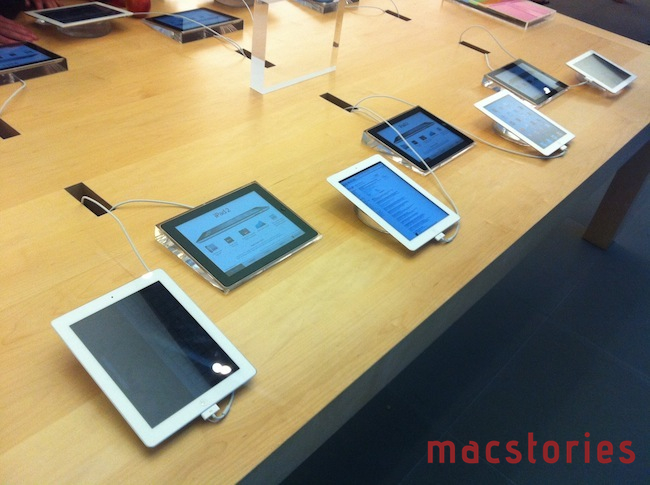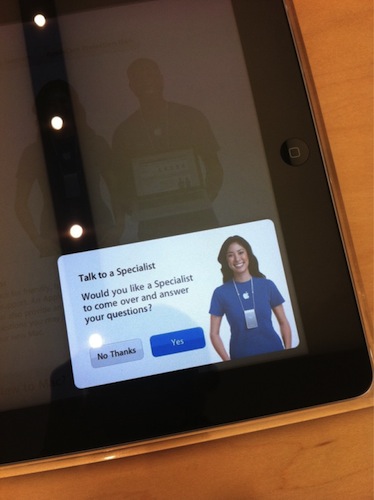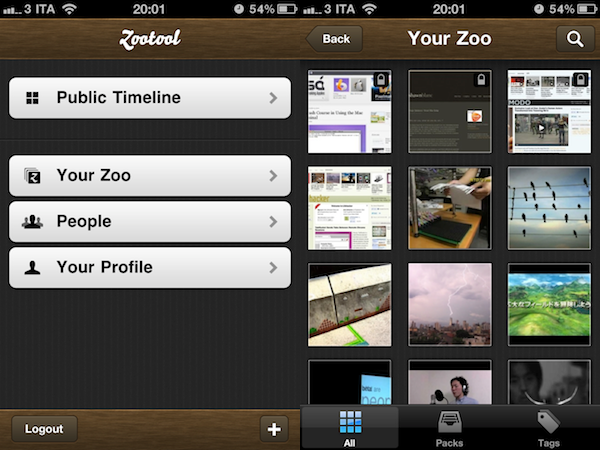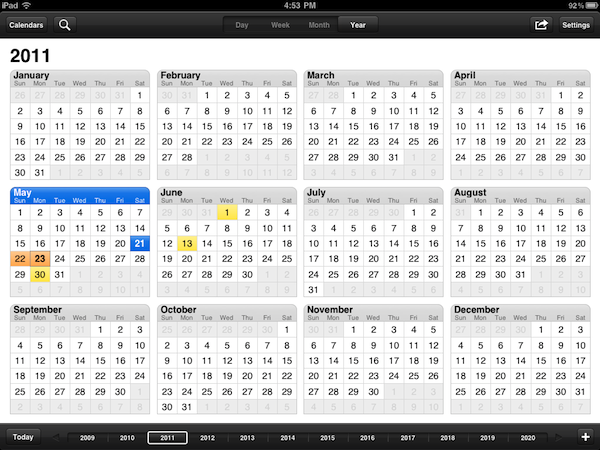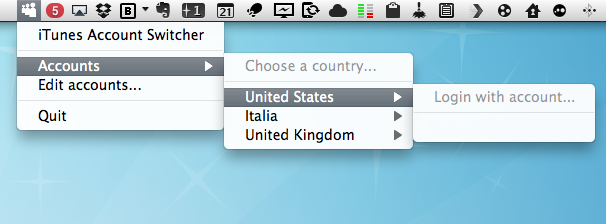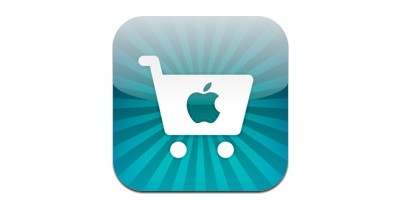After last night’s photos of Apple’s changes to the retail experience (dubbed “Apple Store 2.0” in recent rumors and speculation), a MacTalk forum member has posted (via MacRumors) his first impressions of the new retail space and in-store tables featuring interactive iPad displays to offer more product information, compare tech specs, and call a Specialist for further assistance. As previously reported, the iPads being used by Apple next to each device and computer are special units glued to a mounting block that’s also glued to the main table, running a custom app that’s impossible to hide by locking the device or clicking the Home button. Forum poster jack112006 says he’s tried different combinations for pressing the Home button, but none of them worked as the iPads are likely impossible to hack in-store to visualize the underlying OS. Furthermore, as we saw from the pictures, the units are connected to a single cable that, once inside the mounting block, is divided into two separate cables: one for security and anti-theft measures, one (a very thin 30-pin dock connector) for charging purposes.
The second cable is quite special. It is an ultra-thin 30 pin ribbon cable. It is tight against the iPads body in the acrylic block, and is used for charging, and I would imagine periodic device re-imaging for a new product, etc. The software on all the iPads is very special, and is set up so that the Home button is inactive.


